In honor of Edith Vanderbilt’s birthday on January 17, we’d like to share a glimpse into her childhood and young adult years before she married “the most eligible bachelor in the world.”
In April 1898, an article appeared in the New York Herald announcing the engagement of George Washington Vanderbilt to Edith Stuyvesant Dresser. Much attention was given at the time to George Vanderbilt’s family connections and the fact that he had long been considered one of the most eligible bachelors in American society. But what of his fiancée, Edith?
Other than basic facts about the identity of her parents and the marital status of her siblings, little more was said about Edith other than that she was “a very charming and accomplished girl.”
Childhood adventures
Edith was born in Newport, Rhode Island in 1873. She was the fourth child of Colonel and Mrs. George Warren Dresser, who was a descendant of the last Dutch governor of New York. The Dressers divided their time between Newport and their New York residence, and much of what we know about Edith’s childhood comes from an unpublished narrative written in 1943 by her younger sister Pauline.
According to Pauline, the Dresser children enjoyed a wide variety of pets—including Edith’s 19 turtles that lived in the backyard—and a wide variety of adventures such as roller skating in their dining room while it was being repaired for water damage.
Growing up in Newport
 Both of Edith’s parents both passed away in 1883, but the children’s elderly maternal grandparents stepped in to raise the five siblings who ranged in age from six to nineteen. The young Dressers moved to their grandparents’ home in Newport, and a governess named Mademoiselle Marie Rambaud was added for the girls. Pauline’s memoirs mention how Mademoiselle Rambaud had the Dresser girls adhere to the following regime:
Both of Edith’s parents both passed away in 1883, but the children’s elderly maternal grandparents stepped in to raise the five siblings who ranged in age from six to nineteen. The young Dressers moved to their grandparents’ home in Newport, and a governess named Mademoiselle Marie Rambaud was added for the girls. Pauline’s memoirs mention how Mademoiselle Rambaud had the Dresser girls adhere to the following regime:
“Two hours’ exercise, rain or shine, and early bed hours… We were not allowed to get up until seven… half an hour for dressing, then, if we hurried sufficiently, a chance to run outdoors for a few minutes … before a hasty glass of milk and a roll, which preceded the hour of piano practice from 7:45 to 8:45. A quarter of an hour for family prayers in my grandmother’s room…then breakfast at nine in the dark dining room…, and lessons from 9:30 to 1:30 in winter, and 9:30 to 11:30 in summer. Lunch at 1:30, then another hours’ practice from 2 to 3 – walking every day from 3 to 5. Supper at 5:15 –… and bed at 6:15 in winter and summer, until I was fourteen years old: then only, was I allowed to dine with the family and go to bed at 8:00 P.M….
But life in Newport wasn’t all hard work, and Edith and her sisters were encouraged to enjoy outdoor pursuits such as horseback riding, carriage driving, and swimming. Summers were particularly lighthearted as the Dresser girls, accompanied by their governess and their pet collie Paddy, walked to the beach three times a week, returning in a public horse-driven bus. Apparently Paddy loved to swim so much that he would visit the beach on his own, jumping into a cab for the return trip home. The girls would look out to see what appeared to be an empty cab pull up to their house, and out would jump Paddy, leaving a laughing cab driver behind.
The Paris years
 Following the death of their grandmother in 1892, Edith and her sisters spent some time traveling, returning to Newport for a few months before taking an apartment in Paris for the next several years.
Following the death of their grandmother in 1892, Edith and her sisters spent some time traveling, returning to Newport for a few months before taking an apartment in Paris for the next several years.
In 1896 and 1897, the Dresser girls vacationed for the summer in the French town of Dinard. Still pet lovers as they had been from childhood, they acquired two dogs in France – “Mlle Follette,” who would “die for France,” standing on her hind legs then falling over as though felled by an enemy’s bullet, and Bluette, a bulldog. Time in Dinard was light-hearted and fun, with most of their friends in attendance. They “picnicked and swam and danced and enjoyed themselves hugely.”
After their last summer together in Dinard, Edith and her oldest sister Susan stayed in Paris while Natalie and Pauline Dresser returned to Newport for the first time in four years. It was a time of new beginnings for each of them as the Dresser sisters began to meet and fall in love with the gentlemen they would one day marry.
Edith Vanderbilt’s legacy
Without a doubt, Edith Vanderbilt’s childhood and young adulthood certainly molded her into much more than “a very charming and accomplished girl.” The development of her striking personality traits such as intelligence, sophistication, an outgoing nature, a love of adventure, the ability to relate to people of all backgrounds and cultures, resilience in the face of difficulty, and strong commitment to family make her a woman we continue to admire.
Pictured above, right: the Dresser girls with their grandmother (L-R: Natalie, Edith, Grandmother Susan Fish Le Roy, Pauline, Susan)
Pictured above, left: Dresser girls in Dinard, 1896 or 1897 (L-R: two servants, Edith, Mlle. Rambaud, Pauline, Susan, Natalie; Bluette the bulldog in foreground & Mlle. Follette to the left of the bicycle)
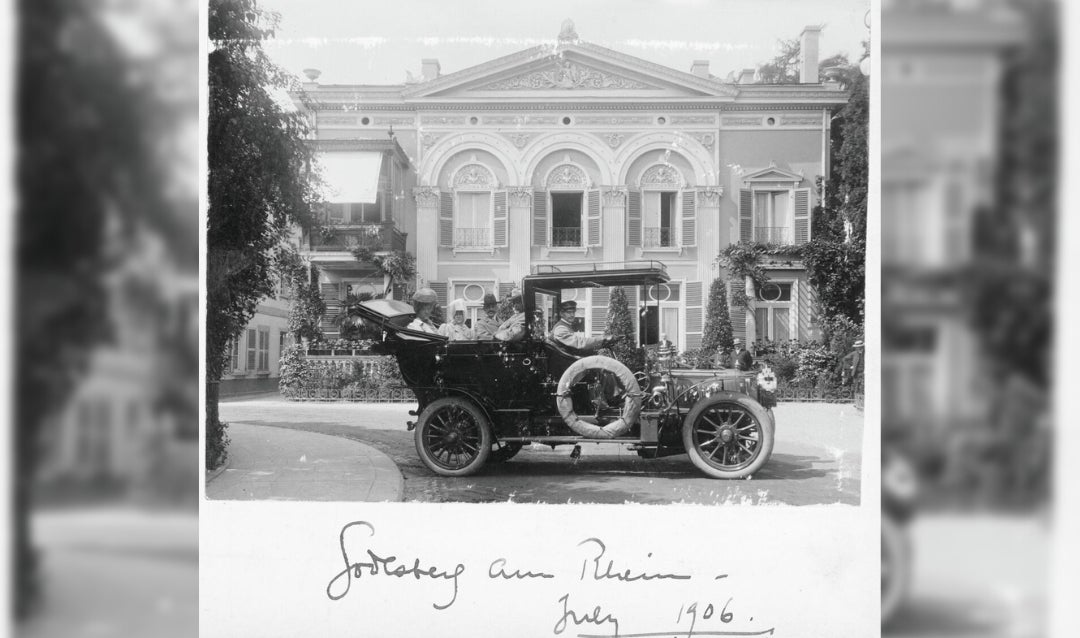
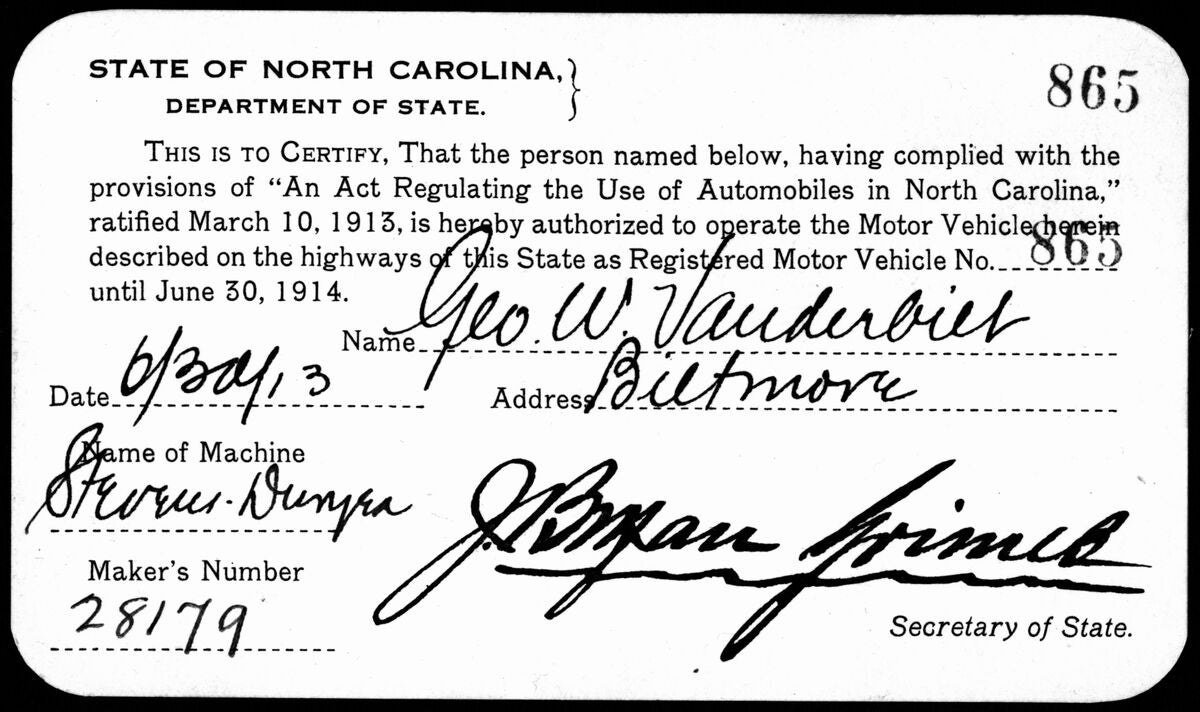
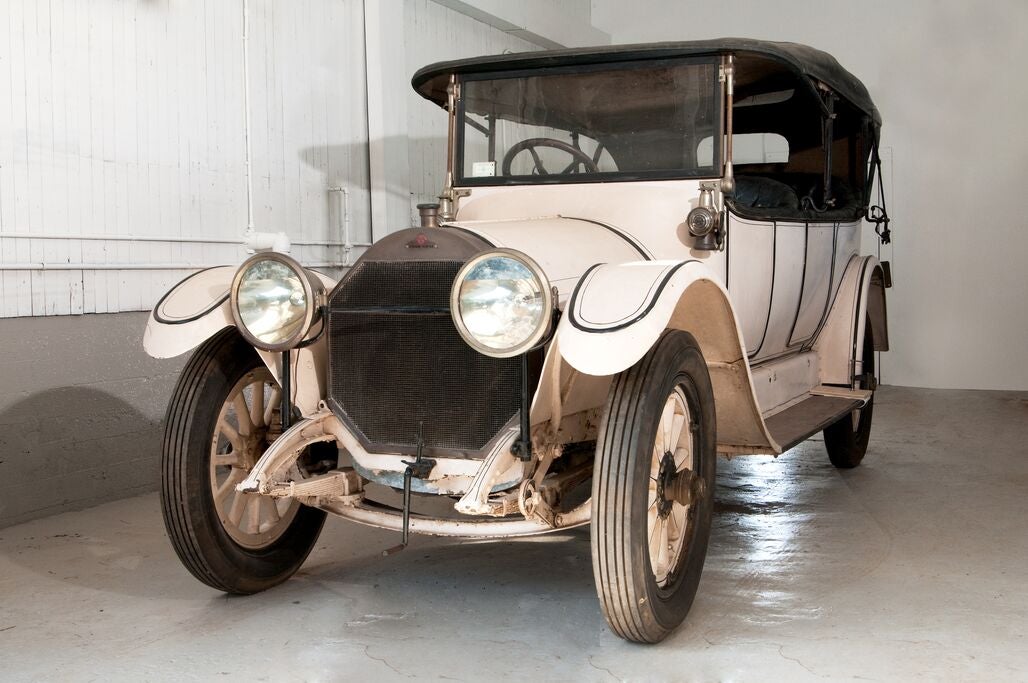
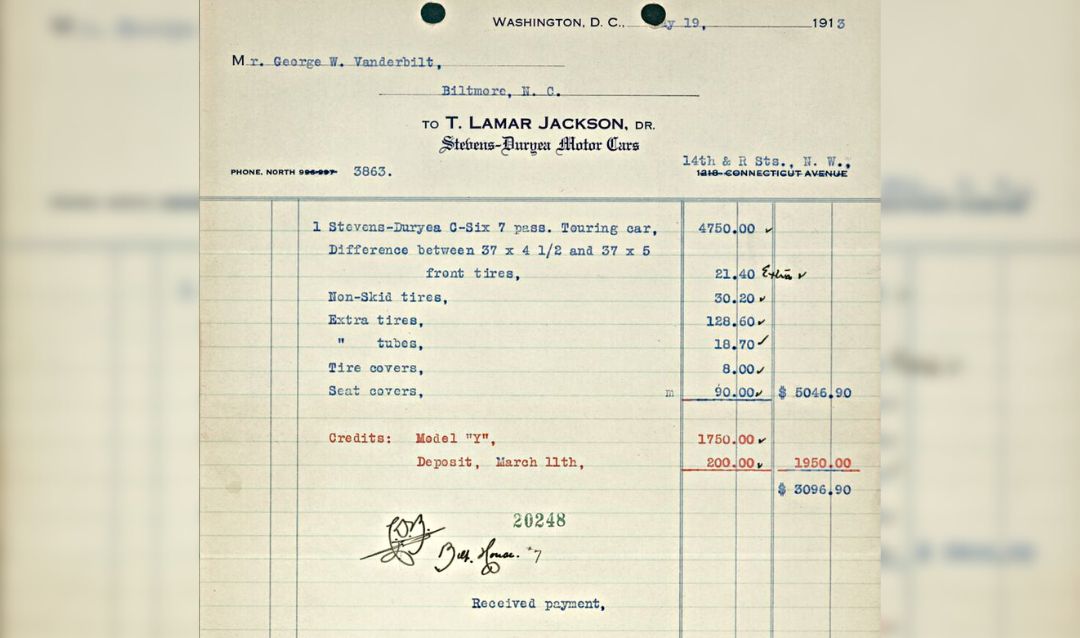
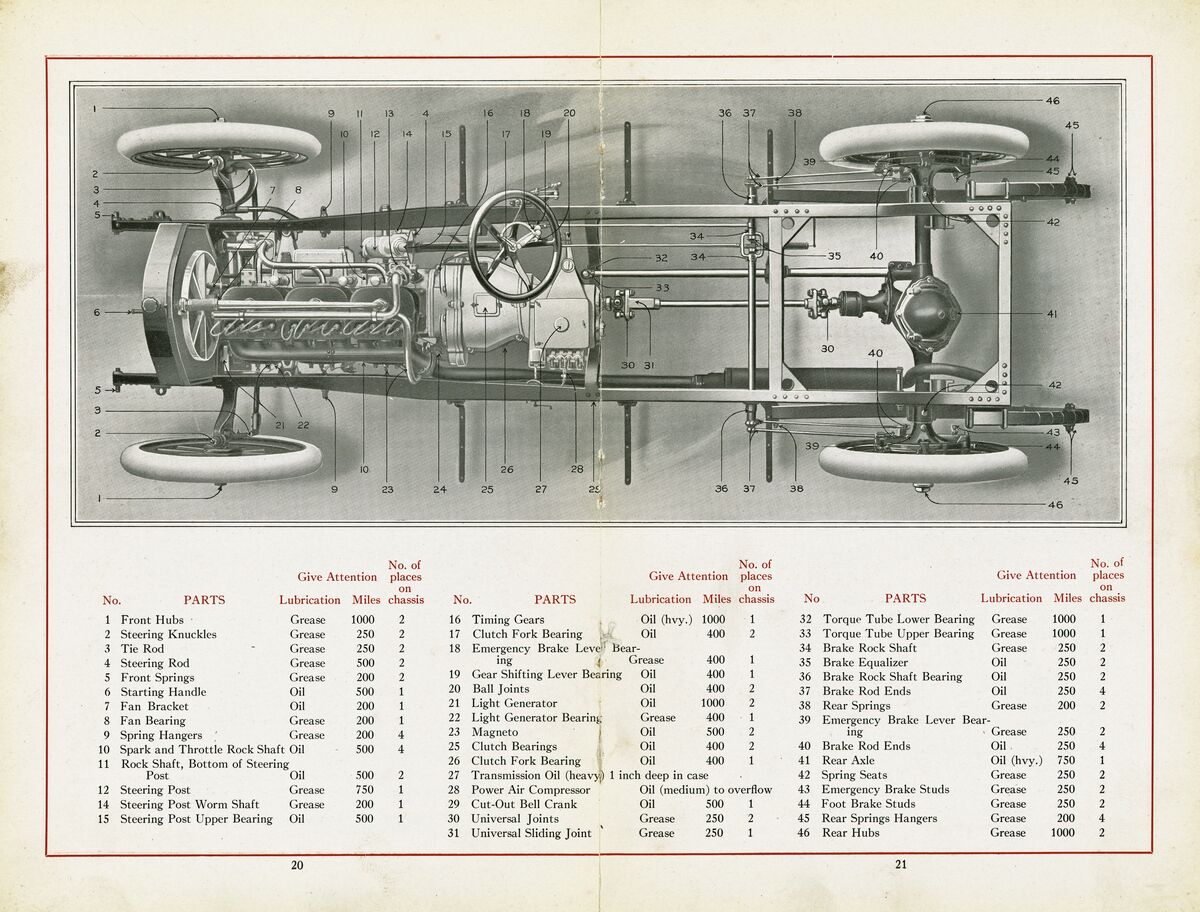
 How our tradition began
How our tradition began The celebration continues
The celebration continues “A Vanderbilt Christmas”
“A Vanderbilt Christmas”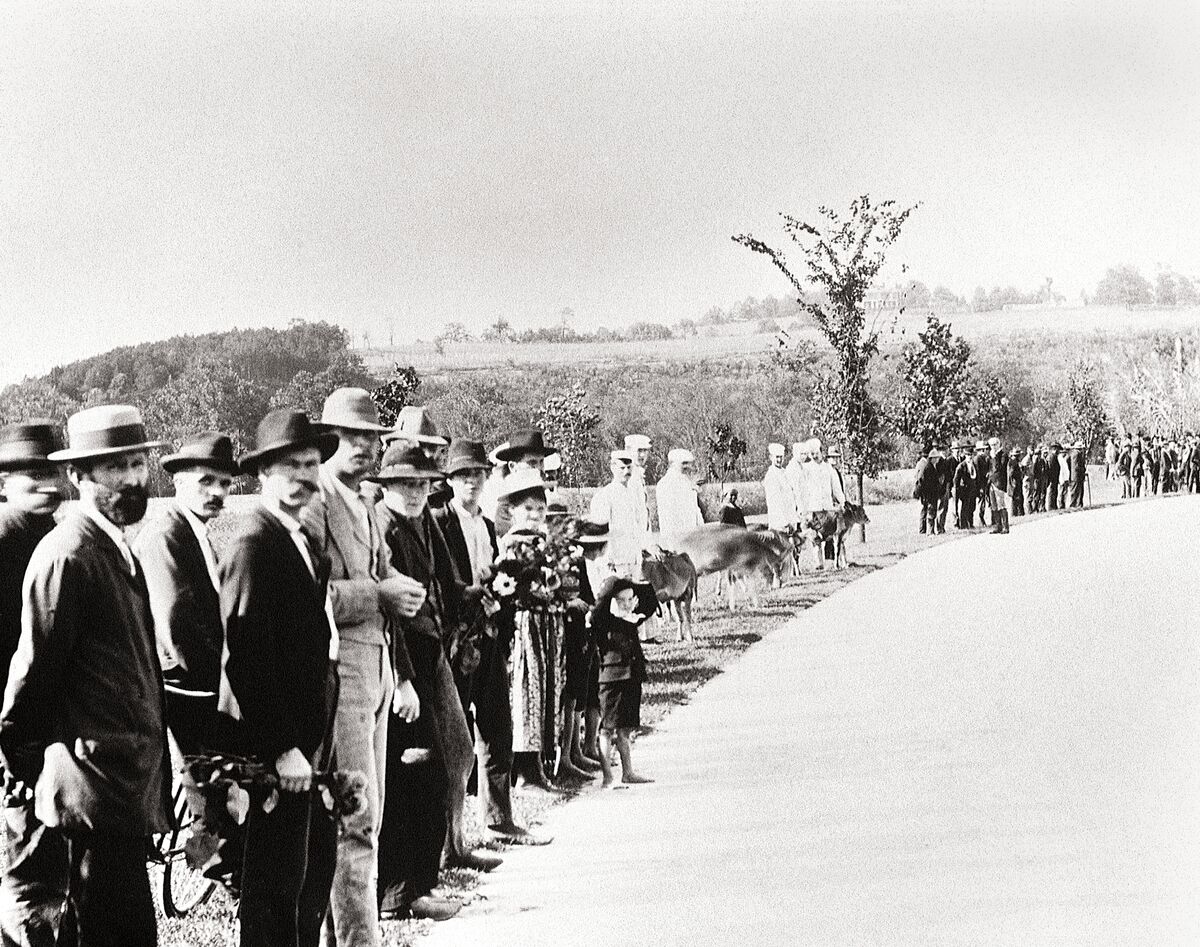
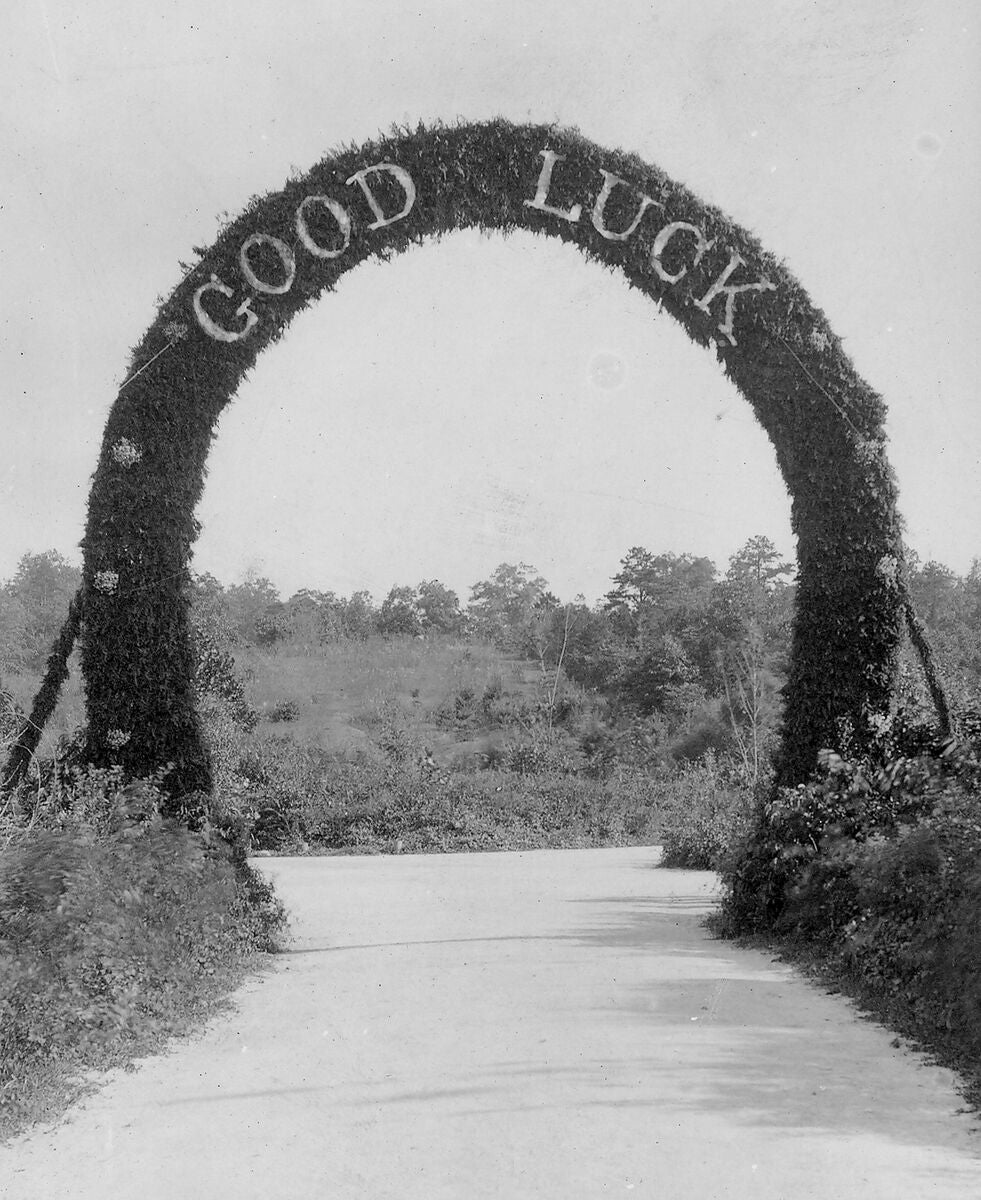
 According to winemaker Bernard Delille, The Hunt has been aged for about 18 months in French and American oak barrels. “The intensely dark, black cherry color shows its rich layers, while its nose expresses black cherry, blackberry, and raspberry, with notes of vanilla, oak, and chocolate,” said Bernard.
According to winemaker Bernard Delille, The Hunt has been aged for about 18 months in French and American oak barrels. “The intensely dark, black cherry color shows its rich layers, while its nose expresses black cherry, blackberry, and raspberry, with notes of vanilla, oak, and chocolate,” said Bernard. “Francotte’s sporting firearms were considered to be among the highest quality,” said Leslie Klingner, Biltmore’s Curator of Interpretation, “and would have been a first-rate choice for the Vanderbilts and their guests when shooting rabbits and quail.”
“Francotte’s sporting firearms were considered to be among the highest quality,” said Leslie Klingner, Biltmore’s Curator of Interpretation, “and would have been a first-rate choice for the Vanderbilts and their guests when shooting rabbits and quail.” Cornelia’s birthdays continued to be stunning occasions, even after she married the Honorable John Francis Amherst Cecil in 1924. The Asheville Gazette reported on celebrations for Cornelia’s 25th birthday.
Cornelia’s birthdays continued to be stunning occasions, even after she married the Honorable John Francis Amherst Cecil in 1924. The Asheville Gazette reported on celebrations for Cornelia’s 25th birthday.  Although we have no further descriptions of Cornelia’s birthday parties, we are sure they were often celebrated in style. From her earliest days as the “Biltmore Baby” to her life as a celebrated socialite of wealth and style, Cornelia Vanderbilt Cecil continues to exemplify the Roaring 20s and the Jazz Age that still fascinate us today.
Although we have no further descriptions of Cornelia’s birthday parties, we are sure they were often celebrated in style. From her earliest days as the “Biltmore Baby” to her life as a celebrated socialite of wealth and style, Cornelia Vanderbilt Cecil continues to exemplify the Roaring 20s and the Jazz Age that still fascinate us today. Although we have no specific descriptions of birthday parties during Cornelia's childhood, we do know that she had many playmates among her cousins and the the children of families who lived on the estate
Although we have no specific descriptions of birthday parties during Cornelia's childhood, we do know that she had many playmates among her cousins and the the children of families who lived on the estate


